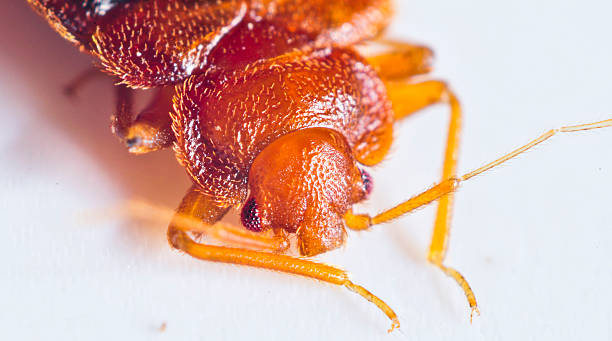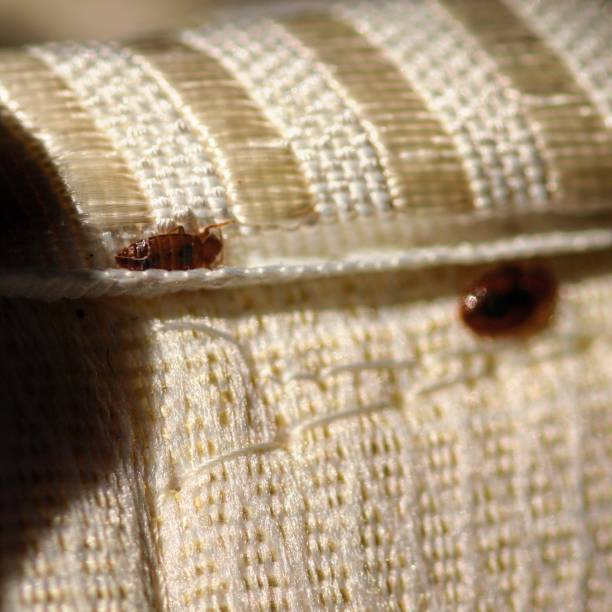
The name bed bug comes from the preferred habitat: warm houses and especially near or inside beds or other sleep areas. Bed bugs are mainly active at night, but are not exclusively nocturnal. They usually feed on their hosts without being noticed. They are very small insects about 3/16 inch in length, flat and broadly oval.
Although bed bugs can dine on any warm-blooded animal, they primarily dine on humans. They are not known to transmit diseases, but a number of adverse health effects may results from bed bug bites, including skin rashes, psychological effects, and allergic symptoms.


Bed bugs are becoming an increasing problem. Due to the world being 'connected' via the travel industry, we have the potential for people to bring these “hitch hikers” into hotel rooms and homes.
As can be seen in the picture, the smaller nymph stages can be hard to notice unless you are specifically inspecting for bed bugs. The bed bug life cycle is constant and you might see all stages of bed bugs in your home.
They are excellent hitchhikers and are usually unknowingly transported in or on luggage, clothing, or other belongings that are carried by people as they travel. This is a particular problem for hotels, motels, and apartments, where the turnover of occupants is always constant. Bed bug infestations can also occur inadvertently by bringing bed bug-infested furniture, mattresses, or used clothing to one's household. Bed bugs may also travel between units in multi-unit buildings after being brought into the building by one of the aforementioned routes. Bed bugs may wander between adjoining apartments through voids in walls and holes for wires and pipes.